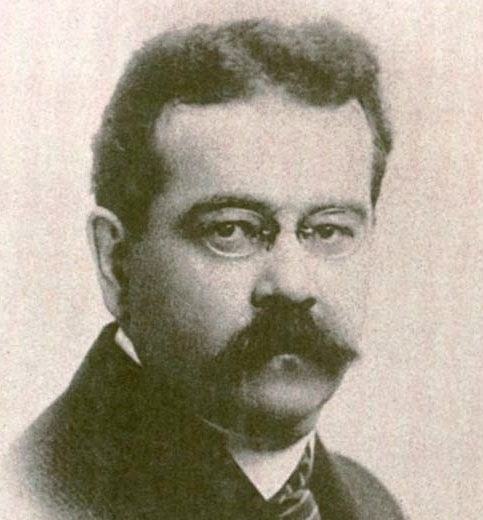In 1992, “multiple witnesses” in California reported that more than 200 disk-shaped objects soundlessly exited Santa Monica Bay waters, hovered for a moment, and then sped away into the sky. Six years later, U.S. Navy Chief Petty Officer Charles Howard wrote an account of an apparent underwater anomaly. “My ship was visiting Guantanamo Bay, Cuba, when I saw three strange, big white lights in the water,” he said in the History Channel show UFO Files. They were “10 or 20 feet on each side with a rounded shape,” according to Howard’s written account.
Claims of such Unidentified Submerged Objects, or USOs, have intrigued UFO enthusiasts for decades. Based on eyewitness reports, some of the objects have even seemed to traverse the boundary between air and water, traveling at shocking speeds of hundreds of miles per hour.
…
In 2021, the Department of Defense created the Unidentified Aerial Phenomena Task Force, a program within the U.S. Office of Naval Intelligence meant to “standardize collection and reporting” of UFO sightings. Aiming to integrate knowledge and efforts across the Pentagon and other government agencies, the Office of the Secretary of Defense established the All-Domain Anomaly Resolution Office (AARO) soon afterward. By law, every federal agency must “review, identify, and organize each Unidentified Anomalous Phenomena (UAP) record in its custody for disclosure to the public and transmission to the National Archives.”
Prior to the 2022 National Defense Authorization Act—which authorizes funding levels for the U.S. military and other defense priorities—UAP originally stood for only aerial objects. Now, it includes underwater and trans-medium phenomena. It’s why AARO was so named, to investigate “All-domain” anomalies. But, before the legal name change, AARO was already considering objects over and in the water—so it was a little confusing to keep calling them all “aerial.”
In 2022, the terminology to describe unexplained incidents officially switched from “aerial” to “anomalous.” Congress enacted the name change that December. At the time, Ronald Moultrie, the Under Secretary of Defense for Intelligence and Security told a roundtable of AARO:
“You may have caught that I just said unidentified anomalous phenomena, whereas in the past the department has used the term unidentified aerial phenomena. This new terminology expands the scope of UAP to include submerged and trans-medium objects. Unidentified phenomena in all domains, whether in the air, ground, sea or space, pose potential threats to personnel security and operations security, and they require our urgent attention.”
deleted by creator



